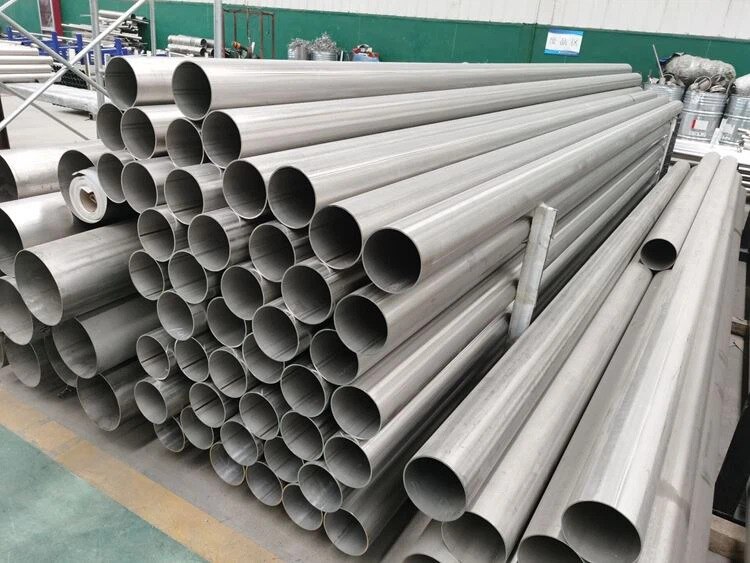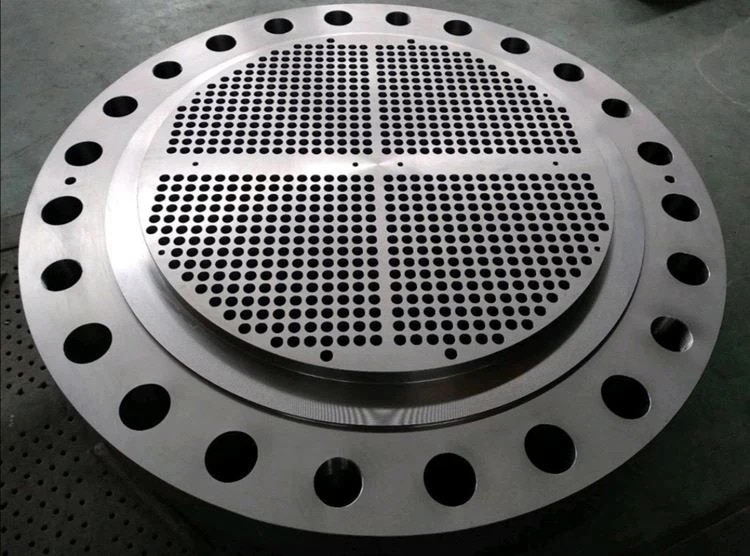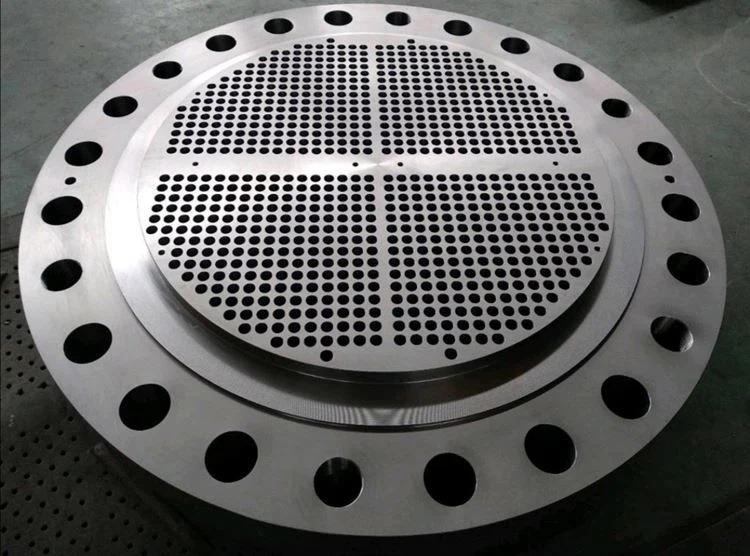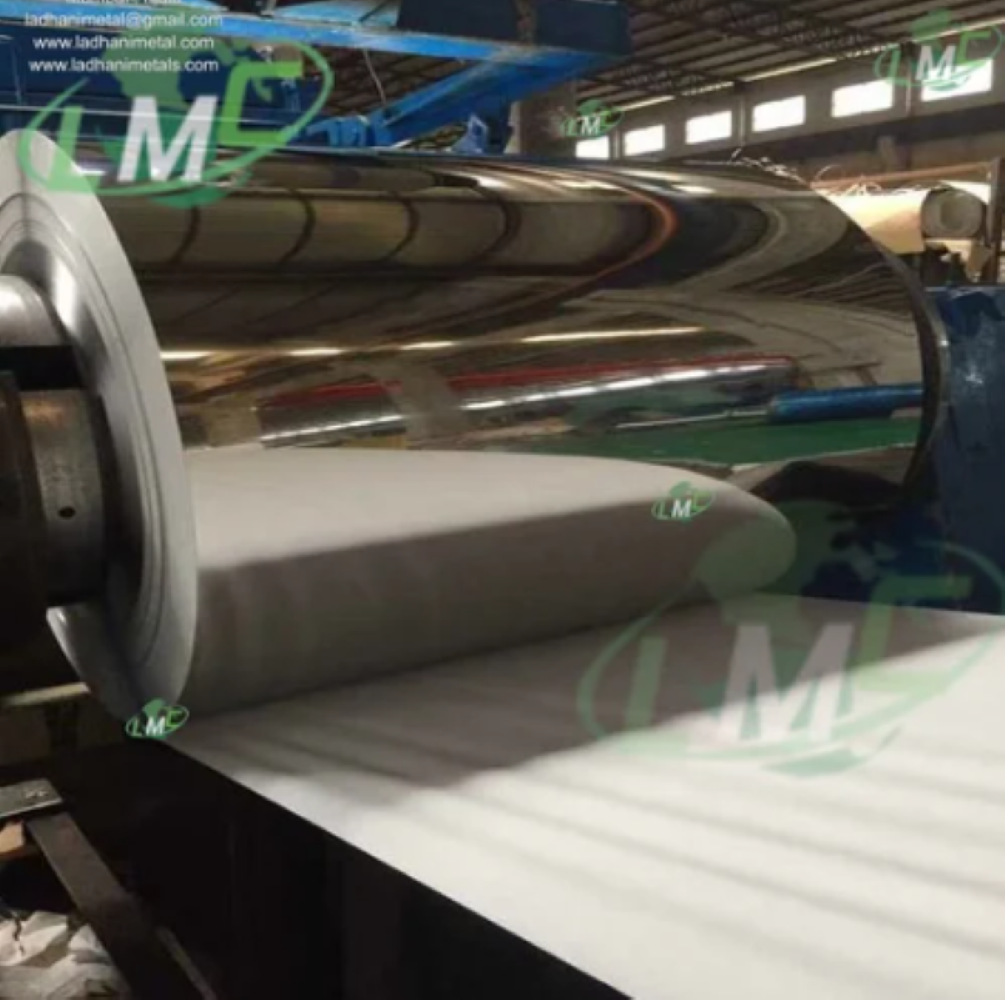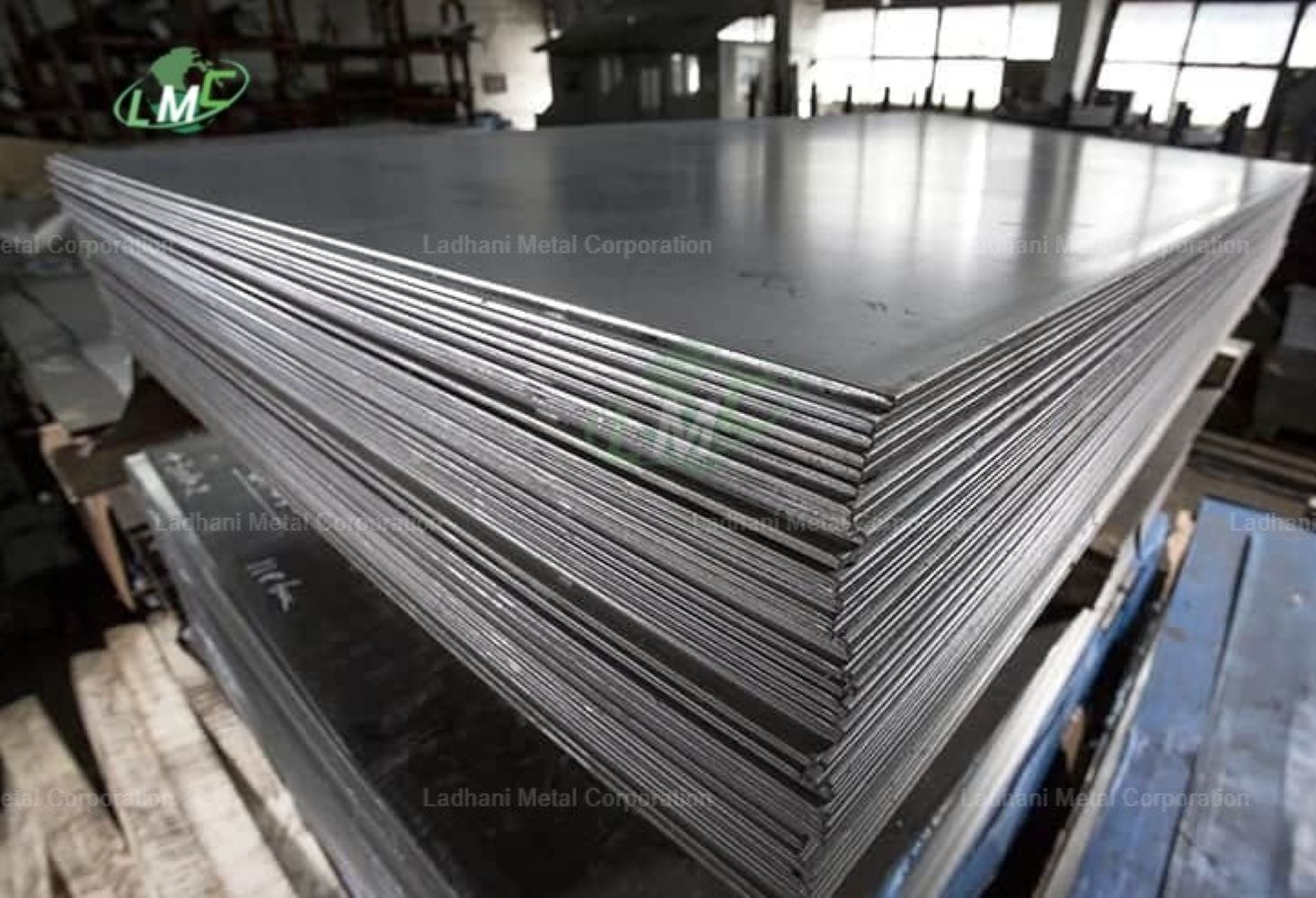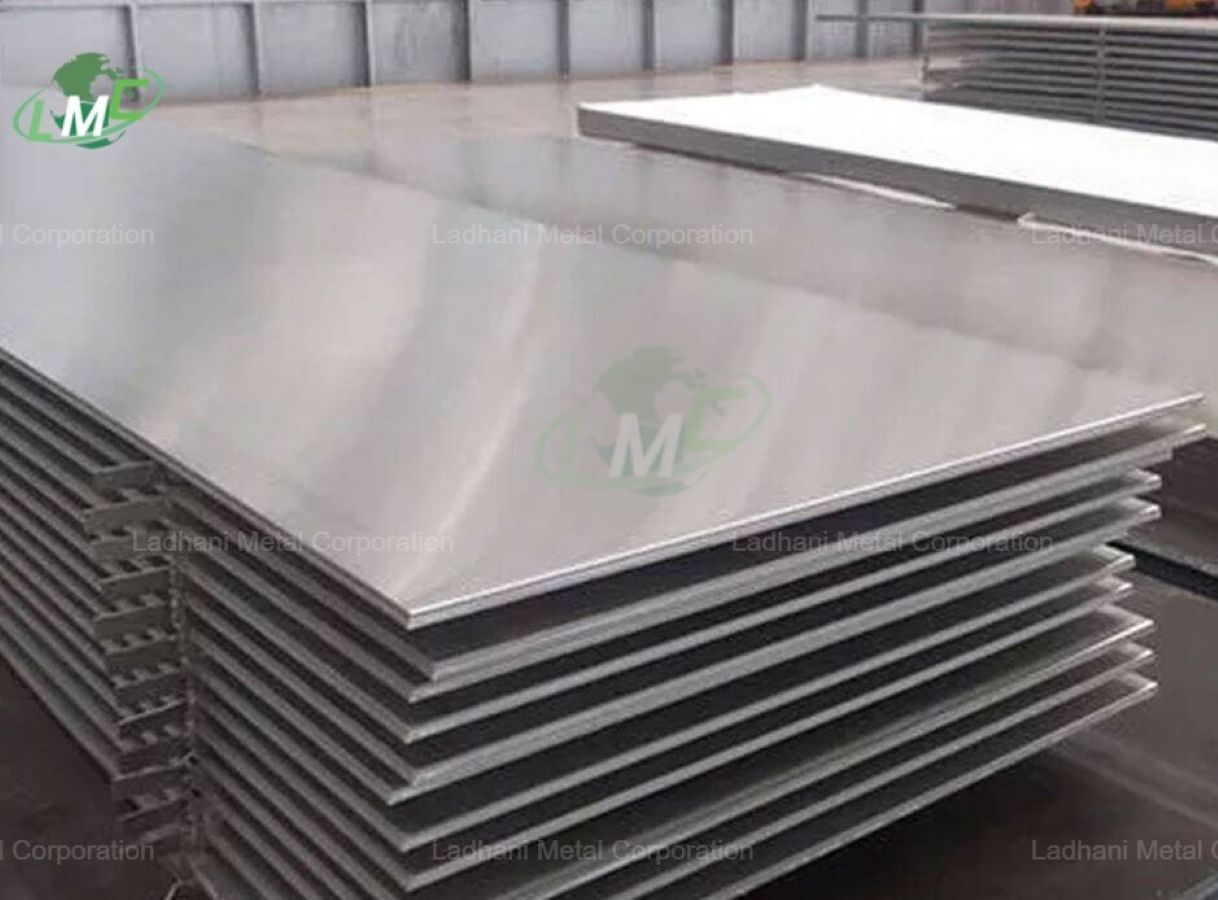IS 6911 SS Sheet, Plate & Coil
Ladhani Metal Corporation, a manufacturer, supplier, and exporter, offers stainless steel sheets, plates, and coils in grade X02Cr19Ni10 as per IS 6911 specifications. X02Cr19Ni10 is an ultra-low carbon austenitic stainless steel grade, specifically designed to provide superior resistance to intergranular corrosion even after welding and exposure to high temperatures. Its excellent balance of strength, ductility, and corrosion resistance makes it one of the most versatile stainless steel grades used worldwide.
Chemical Composition of X02Cr19Ni10 (as per IS 6911)
• Carbon (C): 0.02% max
• Manganese (Mn): 2.0% max
• Silicon (Si): 1.0% max
• Phosphorus (P): 0.045% max
• Sulphur (S): 0.030% max
• Chromium (Cr): 17.0% – 19.0%
• Nickel (Ni): 9.0% – 11.0%
Functions and Characteristics
• Ultra-low carbon content prevents carbide precipitation during welding
• Excellent resistance to intergranular and general corrosion
• High toughness and strength, even at cryogenic temperatures
• Superior weldability and formability for complex structures
• Non-magnetic in annealed condition, slightly magnetic when cold worked
• Retains oxidation resistance up to 870°C in intermittent service
Applications
• Power Generation – Boiler tubes, condensers, and heat exchangers
• Oil and Gas – Offshore platforms, subsea pipelines, and storage vessels
• Petrochemical Industry – Process plants, refinery units, and chemical reactors
• Fertilizer Plants – Corrosion-resistant pipelines and equipment for chemical handling
• Chemical Industry – Tanks, vessels, and process pipelines in aggressive environments
• Marine Engineering – Seawater systems, shipbuilding, and offshore structures
• Automotive Industry – Exhaust manifolds, trims, and structural parts
• Food Processing – Hygienic equipment, kitchenware, and storage tanks
• Construction – Architectural panels, roofing, and load-bearing structures
• General Engineering – Shafts, fasteners, and components requiring toughness and corrosion resistance
Available Forms
• Stainless steel sheets
• Stainless steel plates
• Stainless steel coils
Grades Available under IS 6911
Apart from X02Cr19Ni10, IS 6911 also covers a wide range of stainless steel grades, including X04Cr12, X07Cr17, X12Cr12, X20Cr13, X30Cr13, X40Cr13, X15Cr16Ni2, X108Cr17Mo, X10Cr17Mn6Ni4N2O, X07Cr11Mn12Ni4, X10Cr18Mn9Ni5, X30Cr17Ni7, X07Cr18Ni9, X04Cr19Ni9, X15Cr24Ni13, X20Cr25Ni20, X04Cr17Ni12Mo2, X02Cr17Ni12Mo2, X04Cr17Ni12Mo2Ti, X04Cr18Ni10Ti, X04Cr18Ni10Nb and other specified grades.
Conclusion
IS 6911 SS X02Cr19Ni10 sheets, plates, and coils offered by Ladhani Metal Corporation, a manufacturer, supplier, and exporter, provide excellent corrosion resistance, weldability, and toughness, making them ideal for industries such as chemical, petrochemical, marine, and food processing. With availability in multiple grades as per IS 6911, we deliver stainless steel solutions that meet both domestic and international standards.
For inquiries or project requirements, contact Ladhani Metal Corporation.
#Mumbai #Delhi #Chennai #Kolkata #Hyderabad #Bangalore #Pune #Ahmedabad #Surat #Rajkot #Vadodara #Coimbatore #Jaipur #Nagpur #Indore #Ludhiana #Kanpur #Bhubaneswar #Rourkela #Visakhapatnam #Trichy #Kochi #Mangalore #Jamnagar #Bharuch #Vapi #Hazira #Ankleshwar #Durgapur #Jamshedpur #Raipur #Bilaspur #Faridabad #Noida #Gurgaon #Chandigarh #Lucknow #Bhopal #Patna #Guwahati #Agra #Varanasi #Meerut #Ghaziabad #Moradabad #Aligarh #Aurangabad #Kolhapur #Nashik #Solapur #Thane #Amravati #Satara #Sangli #Hubli #Belgaum #Davangere #Mysore #Erode #Salem #Madurai #Tirunelveli #Tuticorin #Hosur #Nellore #Warangal #Karimnagar #Nanded #Udaipur #Ajmer #Jodhpur #Kota #Alwar #Gwalior #Rewa #Jhansi #IS6911sheetmanufacturer #IS6911sheet supplier # IS6911sheetexporter #IS6911 #IS6911StainlessSteel #IS6911Sheet #IS6911Plate #IS6911Coil #IS6911Strip #IS6911Manufacturer #IS6911Supplier #IS6911Exporter #StainlessSteelIndia #StainlessSteelSheet #StainlessSteelPlate #StainlessSteelCoil #StainlessSteelStrip #SS304 #SS304L #SS316 #SS316L #X04Cr12 #X07Cr17 #X12Cr12 #X20Cr13 #X30Cr13 #X40Cr13 #X15Cr16Ni2 #X108Cr17Mo #X07Cr18Ni9 #X04Cr19Ni9 #X02Cr19Ni10 #X15Cr24Ni13 #X20Cr25Ni20 #X04Cr17Ni12Mo2 #X02Cr17Ni12Mo2 #X04Cr17Ni12Mo2Ti #X04Cr18Ni10Ti #X04Cr18Ni10Nb #StainlessSteelGrades #StainlessSteelManufacturer #StainlessSteelSupplier #StainlessSteelExporter #StainlessSteelStockist #IndustrialStainlessSteel #BoilerStainlessSteel #PetrochemicalStainlessSteel #ChemicalIndustryStainlessSteel #MarineStainlessSteel #HeatResistantSteel #CorrosionResistantSteel #SSSheetsPlatesCoils #LadhaniMetalCorporation
Send
Message

